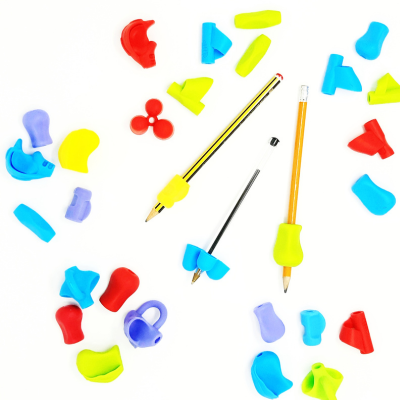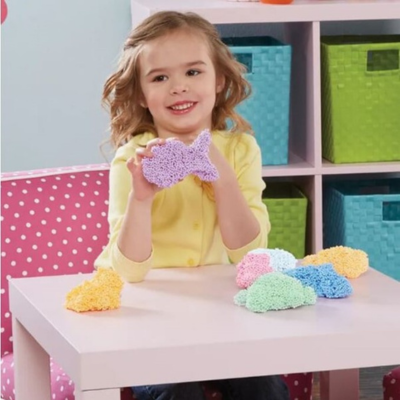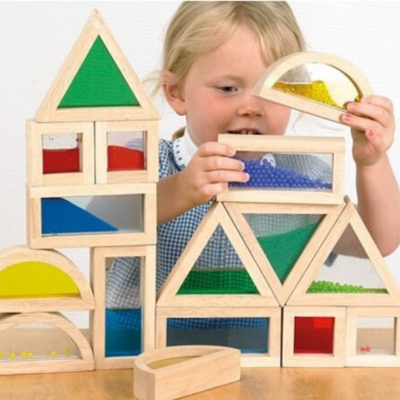Get exclusive deals you won't find anywhere else straight to your inbox.

Activities for Developing Fine Motor Skills in the Classroom
In this blog post we will discuss activities for developing fine motor skills in the classroom.
Fine motor skills are crucial for a child's development, especially in the classroom. From holding a pencil to tying shoelaces, these skills are fundamental for everyday tasks. There are a number of engaging and effective activities that can be incorporated into the classroom to support and enhance students fine motor skills. Let's explore some of them now.
 Art and Craft Activities
Art and Craft Activities
One of the best ways to engage children in an activity is to make it fun. Drawing and colouring is a simple way to develop fine motor skills and have lots of fun. Choose drawings from favourite television characters, toys, or images that support areas of the curriculum to engage and involve the children. Introduce more challenging designs as skills progress or change to painting or using chalks to explore different textures and effects. Our writing grips can also be used on pens and paintbrushes, helping to develop pen control across a range of activities.
Activities involving cutting and sticking offer an alternative to drawing but still promote fine motor skills. Use a variety of materials like paper, cardboard and fabrics for practising cutting different textures. This helps enhance hand-eye coordination and hand dexterity. We stock a range of scissors to help those with poor hand control, a weak grip, a visual impairment or tremors.
 Writing Tools
Writing Tools
Writing is a great way to improve fine motor skills, and writing grips are the perfect support tool. Available in different styles and fitting both the right and left hands, they provide comfort and grip, giving the user more control over their handwriting.
As an alternative to writing, why not try tracing exercises? Use fingers to trace shapes, lines and letters, improving control and precision. You could even create a racing game for additional fun - who can complete the track first?
Finger Activities
 Playdoh, playfoam, putty or modelling clay can be used to strengthen fingers and enhance fine motor skills. Our non-toxic, non-oily and latex free putty is available in 4 strengths ranging from soft to firm. Squeeze, stretch, twist or pinch to make different shapes whilst developing finger strength. For a different texture, try Playfoam. The no mess, non-toxic, bead-like structure that never dries out encourages imaginative thinking. Children can squash and sculpt away, with a range of kits available including ones to practise shape, number and letter formation.
Playdoh, playfoam, putty or modelling clay can be used to strengthen fingers and enhance fine motor skills. Our non-toxic, non-oily and latex free putty is available in 4 strengths ranging from soft to firm. Squeeze, stretch, twist or pinch to make different shapes whilst developing finger strength. For a different texture, try Playfoam. The no mess, non-toxic, bead-like structure that never dries out encourages imaginative thinking. Children can squash and sculpt away, with a range of kits available including ones to practise shape, number and letter formation.
Tangles and fidget toys can also be used to develop finger strength, as well as aiding concentration and focus. Try different shapes, textures and sizes to encourage sensory exploration and get fingers working. We stock a range of quality fidget toy packs that can be squashed, pulled, twisted and rolled to improve dexterity.

Staple products such as threading and lacing activities are great for developing motor skills as well as counting, sequencing and colour recognition. We stock giant thread buttons, beads and animals, lacing fruits and shoes, all bright, colourful and robust resources for use in the classroom.
 Fine Motor Games
Fine Motor Games
Using fun games and activities to practice fine motor skills can reduce anxiety and frustration, making the process fun and rewarding. Setting small achievable goals and repeating the process can lead to children achieving and learning tasks that before seemed beyond them. Puzzles, building blocks, and games are great at helping do just this. Build towers from coloured, translucent blocks - who can build the tallest tower? Learn about animals, modes of transport and things that go together in our colourful, chunky puzzles. Or try our fantastic wooden role play products and learn to cut bread, vegetables and pizza.
Outdoor Activities
Why limit activities to the classroom? There are many fine motor activities that can be done outside, providing opportunities for different areas of learning and development. Gardening is a fantastic way to practise fine motor skills, teamwork and communication.
Engage students in planting and tending to a garden, promoting fine motor activities like digging, picking and planting seeds and watering. You can also set up simple obstacle courses that involve crawling, climbing, balancing and gripping to enhance coordination.
Consistency & Encouragement
As with all new skills practise and encouragement is key. Combining a range of different resources maintains interest and helps reinforce skills and improve proficiency gradually. Encourage students and celebrate their progress, boosting their confidence and motivation to continue practising.

